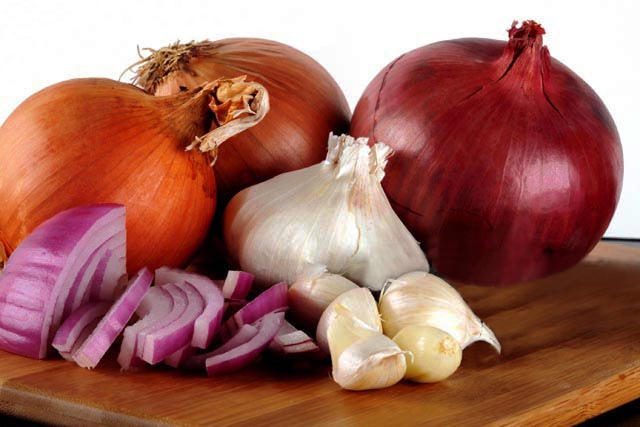
“Well loved he garleek, oynons, and eek lekes.”
Geoffrey Chaucer – Canterbury Tales
Before agriculture, before writing, humans loved Alliums. Onions, leeks, shallots and garlic were humanity’s companions that grew readily almost everywhere on the planet; any old soil suits them. They thrive in almost any climate. They are easily dried to store away for hard times. They have been packed into “go-bags” for thousands of years. link
Onions
I plant mine on or near George Washington’s birthday. I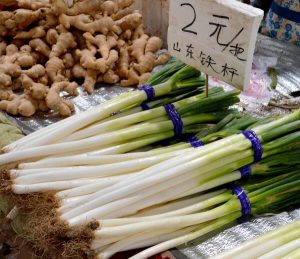 use the sets available in nurseries and grocery stores. However, they grow easily from seed: in fact, if you want green onions in the garden, you have to plant from seed since the sets are only ‘big’ onions as far as I know. Green onions are the favorite onion in China, where onions have been enthusiastically written about for over 5000 years.
use the sets available in nurseries and grocery stores. However, they grow easily from seed: in fact, if you want green onions in the garden, you have to plant from seed since the sets are only ‘big’ onions as far as I know. Green onions are the favorite onion in China, where onions have been enthusiastically written about for over 5000 years.
Writing emerged in most early civilizations 5000 years ago and all of them wrote about onions. An old Sumerian text complains that the governor’s onion patch was plowed up. The oldest Vedic writings from India mention onions and by 700 BC 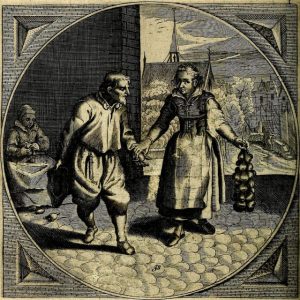 the curative powers of the onion appear in the great medical book, Charaka – Sanhita. The Egyptians believed the onion to symbolize eternity with its circles within circles and buried it with the dead. Greeks ate many pounds of onions and rubbed onions all over their bodies before athletic competitions, including the early Olympics. link Of course Europeans loved onions; the first settlers brought them on the Mayflower. They found Native Americans entirely familiar with onions, the wild onions that grew all over the North American continent. I don’t mean to belabor all this history, but any advice about cooking with onions or growing them is a waste of space. In the garden, they need some water but no pest control since bugs don’t bother them. Cooking? There must be a million recipes. And cooking without onions? We couldn’t do it.
the curative powers of the onion appear in the great medical book, Charaka – Sanhita. The Egyptians believed the onion to symbolize eternity with its circles within circles and buried it with the dead. Greeks ate many pounds of onions and rubbed onions all over their bodies before athletic competitions, including the early Olympics. link Of course Europeans loved onions; the first settlers brought them on the Mayflower. They found Native Americans entirely familiar with onions, the wild onions that grew all over the North American continent. I don’t mean to belabor all this history, but any advice about cooking with onions or growing them is a waste of space. In the garden, they need some water but no pest control since bugs don’t bother them. Cooking? There must be a million recipes. And cooking without onions? We couldn’t do it.
Leeks
Onions recommended for hot climates do not store as well as onions that grow up North. But leeks can take over in the kitchen when the onions are gone. I was happy to find a bundle of leek sets at the farm supply store this year and put them in. I have grown leeks from seed in pa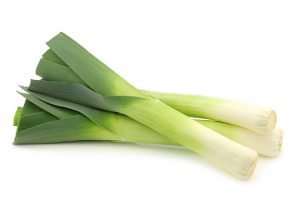 st years. They come up in the potting soil like little green hair. In the garden, even when very small, they survive well since pests like bugs and rabbits do not eat them. Leek gardeners advise putting the leeks in a trench and gradually filling it as the leeks grow to produce the long white root. I am too lazy for all that and just plant them. They are lovely in the kitchen, Julia Child is a master of their use, for example her Leek and Potato Soup.
st years. They come up in the potting soil like little green hair. In the garden, even when very small, they survive well since pests like bugs and rabbits do not eat them. Leek gardeners advise putting the leeks in a trench and gradually filling it as the leeks grow to produce the long white root. I am too lazy for all that and just plant them. They are lovely in the kitchen, Julia Child is a master of their use, for example her Leek and Potato Soup.
Shallots
The history of shallots is comparable to that of onions and garlic. Shallots have been beloved by those with fine pallets for centuries. Crusaders are said to have brought the shallot to France where the French turned the cooking of shallots into an art. The Gray Shallot is considered the most flavorful by gastronomes but I have not had it produce well in my garden. It is important to order shallots for planting from a nurse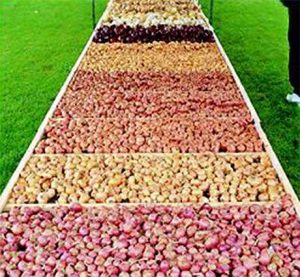 ry that names the zone where your shallot will be planted. I imagine Gray Shallots do not like my hot weather. Shallots in general like cool soil. They are best planted in the fall after the first frost since exposure to freezing weather improves their flavor and size. If the thermometer drops below 25 degrees a hay or straw mulch will save your plants. Shallots can be round or oblong; they come in many colors as you can see on the right: red, yellow, gray, black and white. They make one think of the French royalty at Versailles.
ry that names the zone where your shallot will be planted. I imagine Gray Shallots do not like my hot weather. Shallots in general like cool soil. They are best planted in the fall after the first frost since exposure to freezing weather improves their flavor and size. If the thermometer drops below 25 degrees a hay or straw mulch will save your plants. Shallots can be round or oblong; they come in many colors as you can see on the right: red, yellow, gray, black and white. They make one think of the French royalty at Versailles.
Garlic
The history of garlic in incomparable. Neolithic humans are said to have cultivated garlic 10,000 or more years ago. In the Stone Age. Later, garlic was used by the Egyptians and the Greeks as a medicine and a body strengthener. The Assyrians used it as an antibiotic. Roman physicians used garlic to clean the blood and thin mucus. The Chinese preserved food with it and also used it to treat depression and plague. In India garlic was use as an aphrodisiac and to heal wounds, worms and heart disease.
It is easy to grow. It is expensive to order from a quality nursery, but then year after year, you can replant from successful bulbs. I have broken up a head of organic garlic from the grocery store and planted the little bulblets. Gardeners complain that it is in the ground for a long time; all winter and much of the spring, but it is so reliable that I do not mind it using up my garden space. A farmer friend told me he plants garlic in the spring and gets little ‘green garlic’ plants to use in the kitchen. And it is in the kitchen where we embrace this plant as a friend, a long-time companion–one truly loved.
